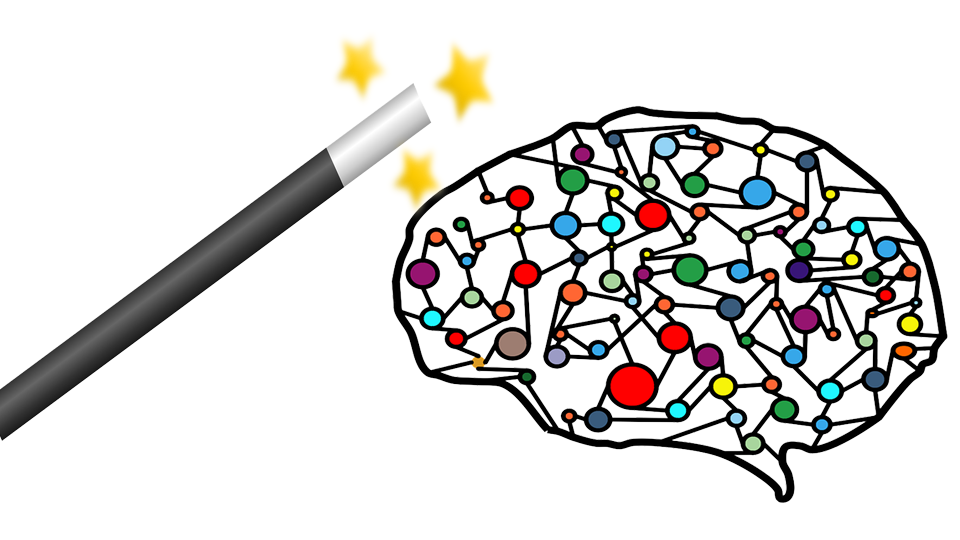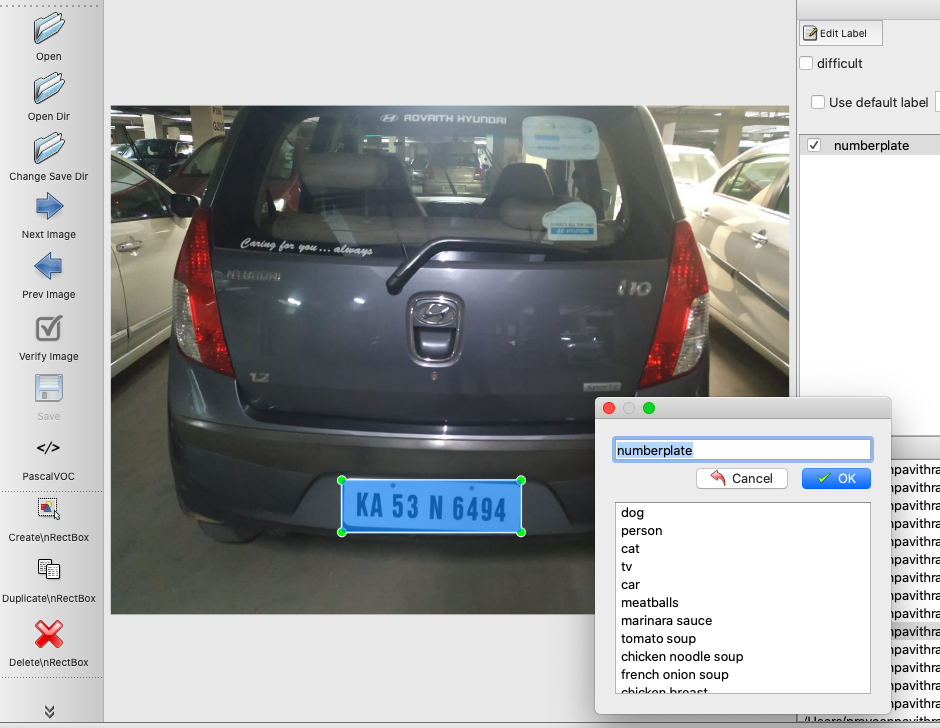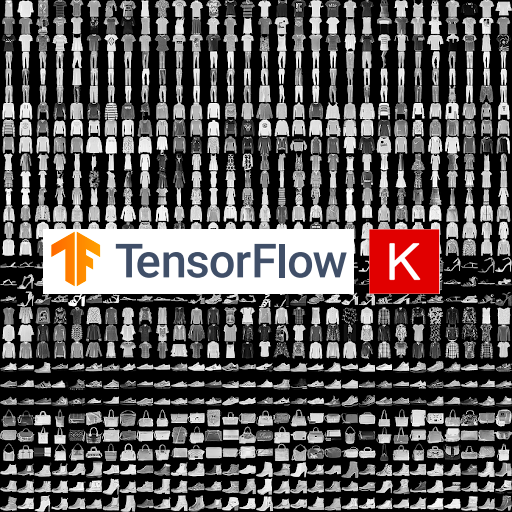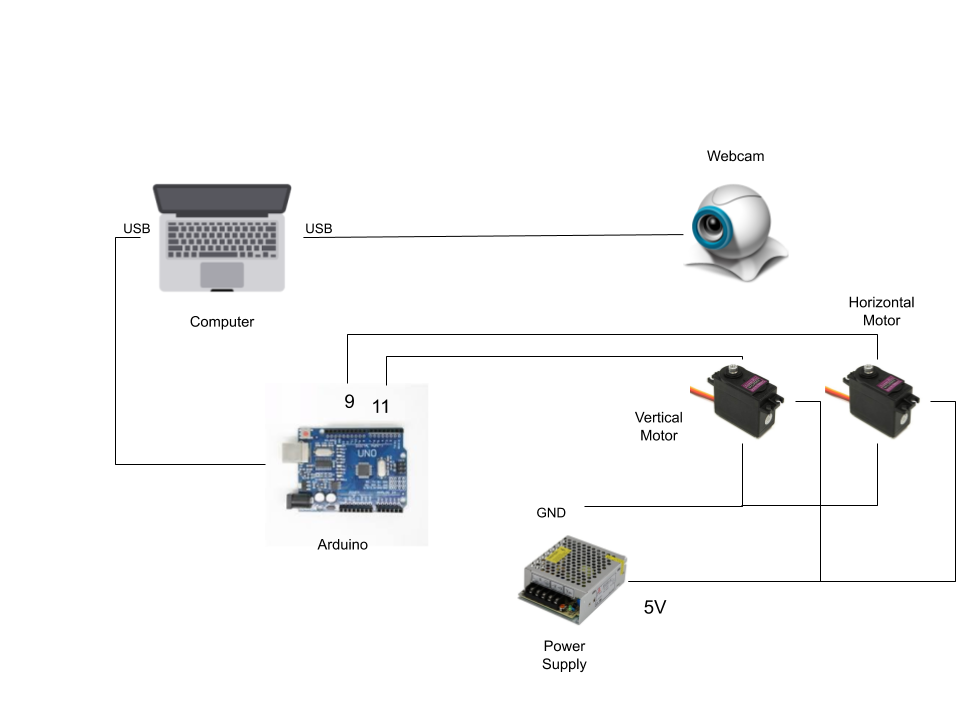The field of natural language processing has witnessed remarkable advancements over the years, with the development of cutting-edge language models such as GPT-3 and the recent release of GPT-4. These models have revolutionized the way we interact with language and have opened up new possibilities for applications in various domains, including chatbots, virtual assistants, and automated content creation.
What is GPT?
GPT is a natural language processing (NLP) model developed by OpenAI that utilizes the transformer model. Transformer is a type of Deep Learning model, best known for its ability to process sequential data, such as text, by attending to different parts of the input sequence and using this information to generate context-aware representations of the text.
What makes transformers special is that they can understand the meaning of the text, instead of just recognizing patterns in the words. They can do this by “attending” to different parts of the text and figuring out which parts are most important to understanding the meaning of the whole.
For example, imagine you’re reading a book and come across the sentence “The cat sat on the mat.” A transformer would be able to understand that this sentence is about a cat and a mat and that the cat is sitting on the mat. It would also be able to use this understanding to generate new sentences that are related to the original one.
GPT is pre-trained on a large dataset, which consists of:









